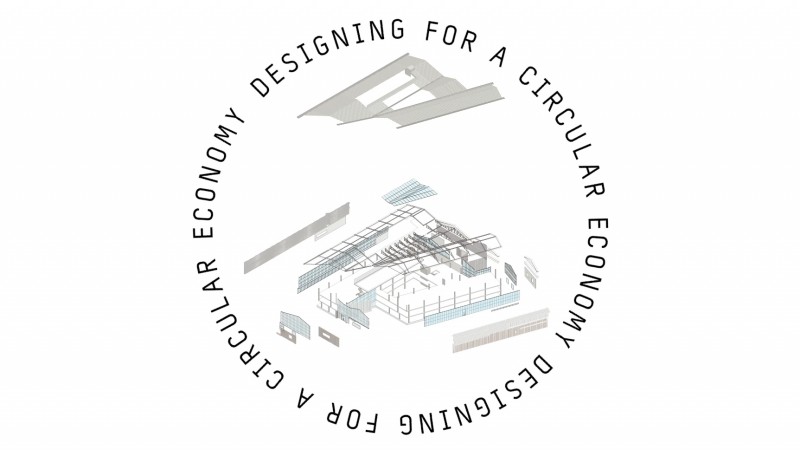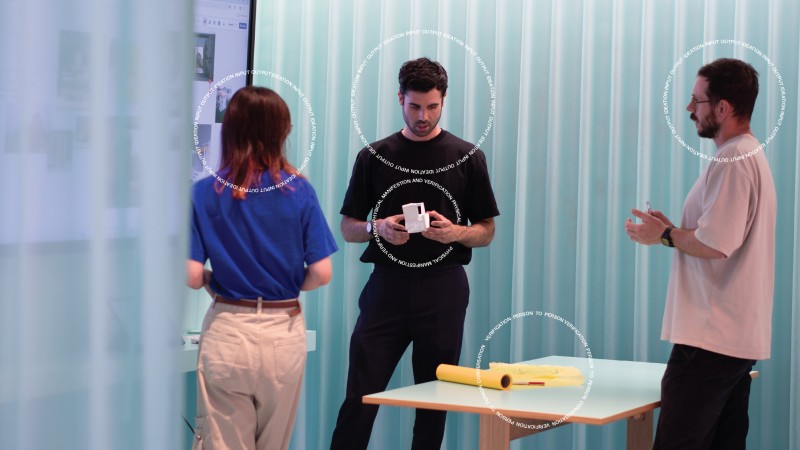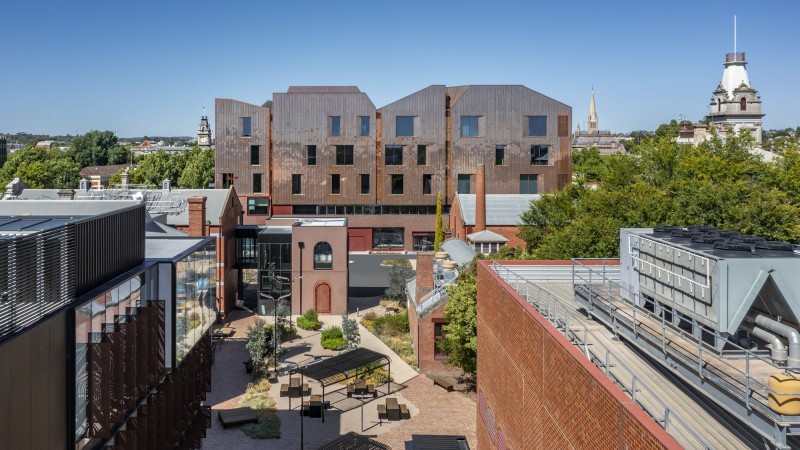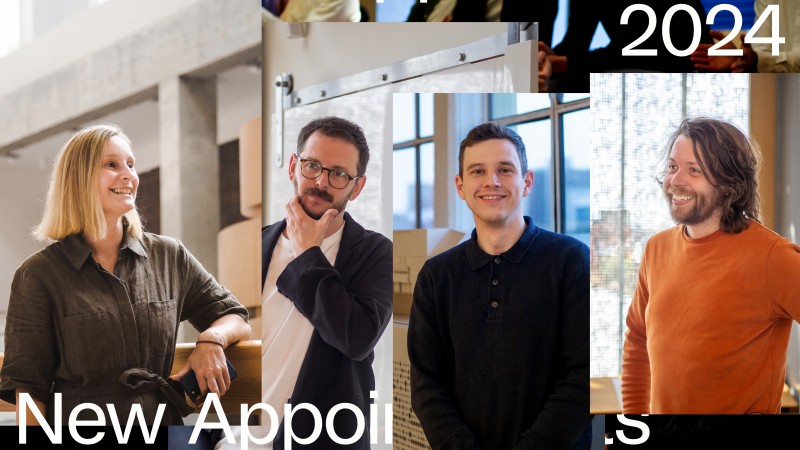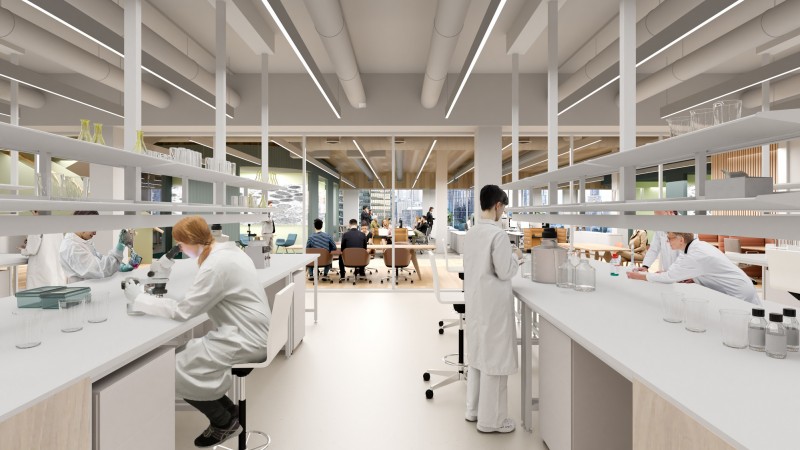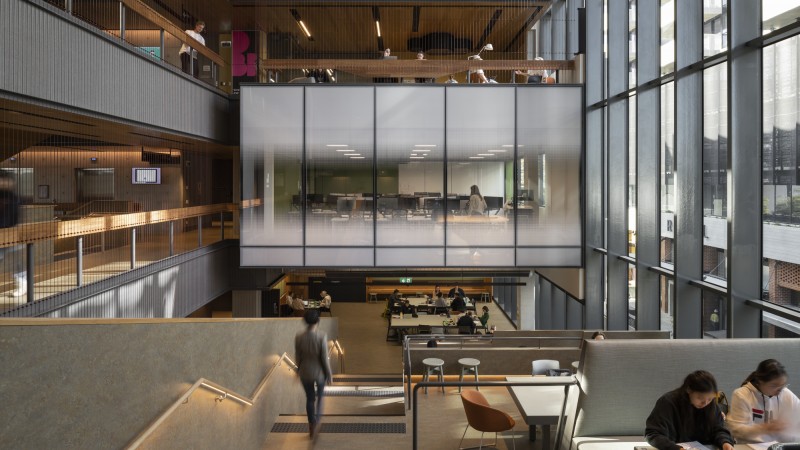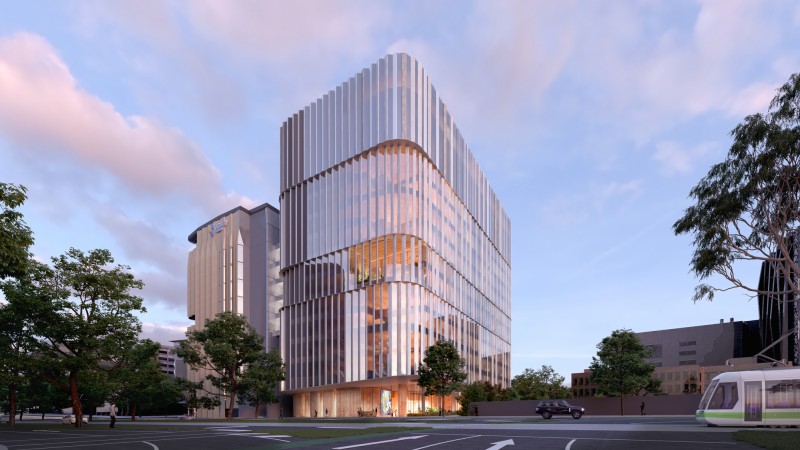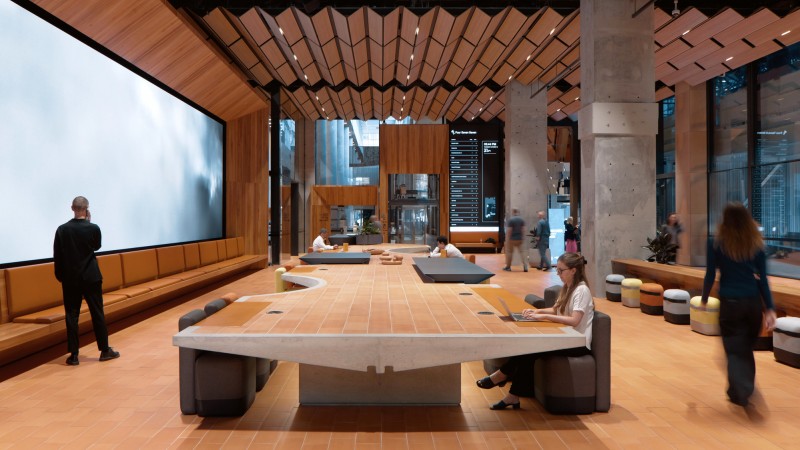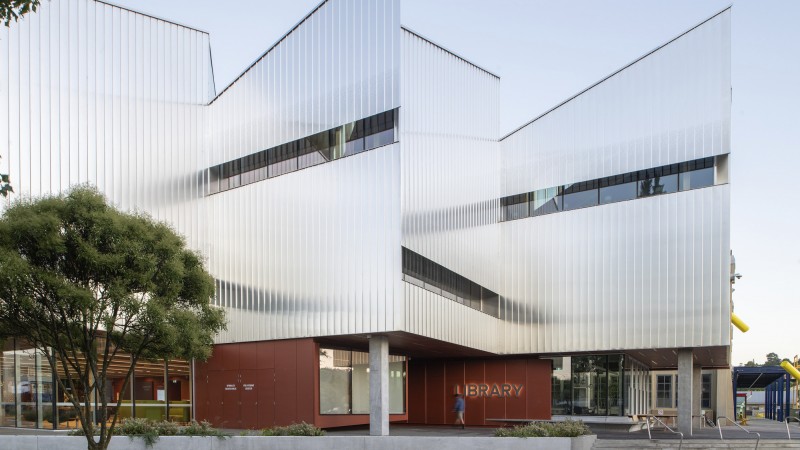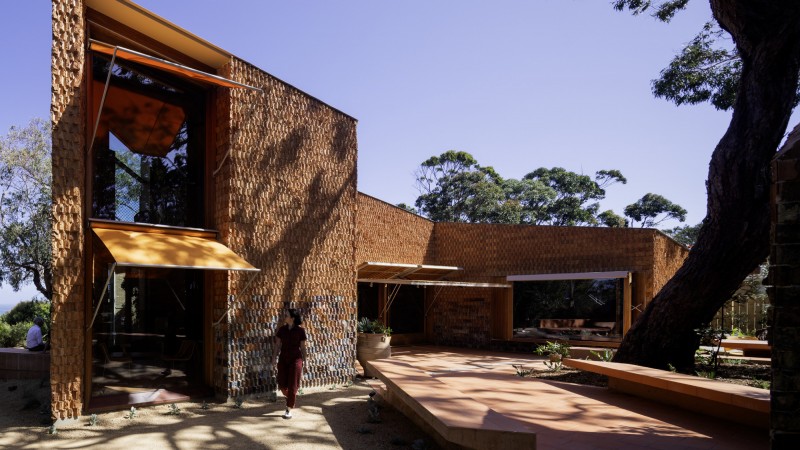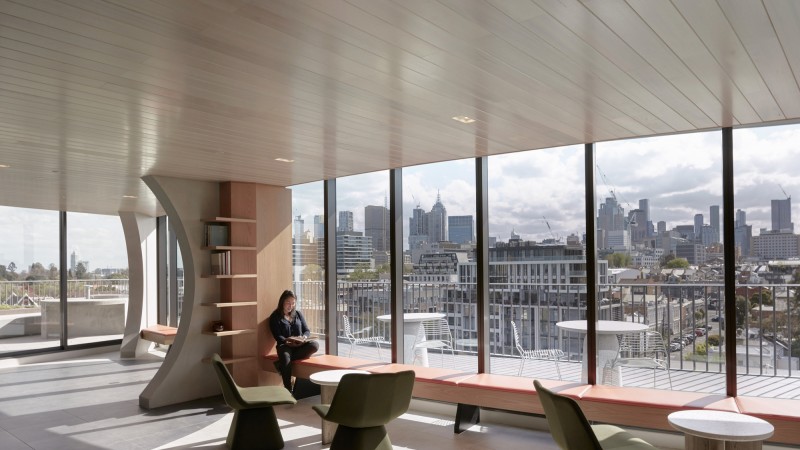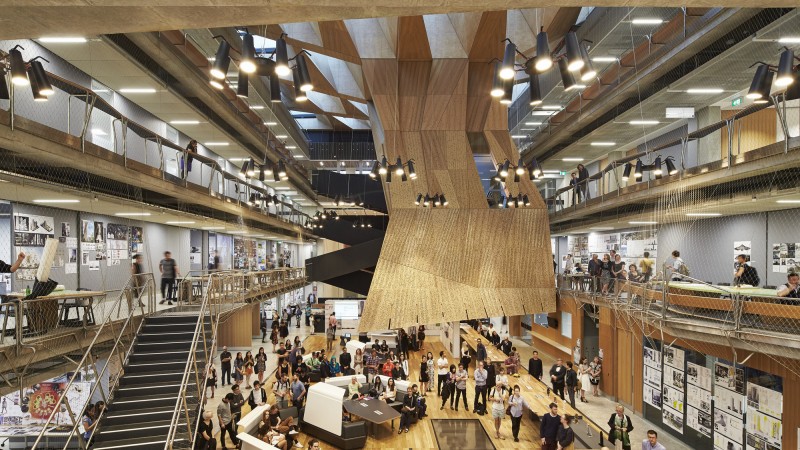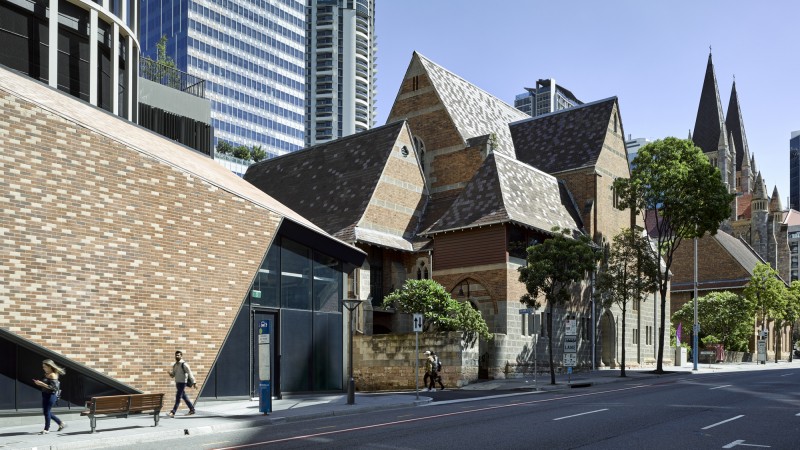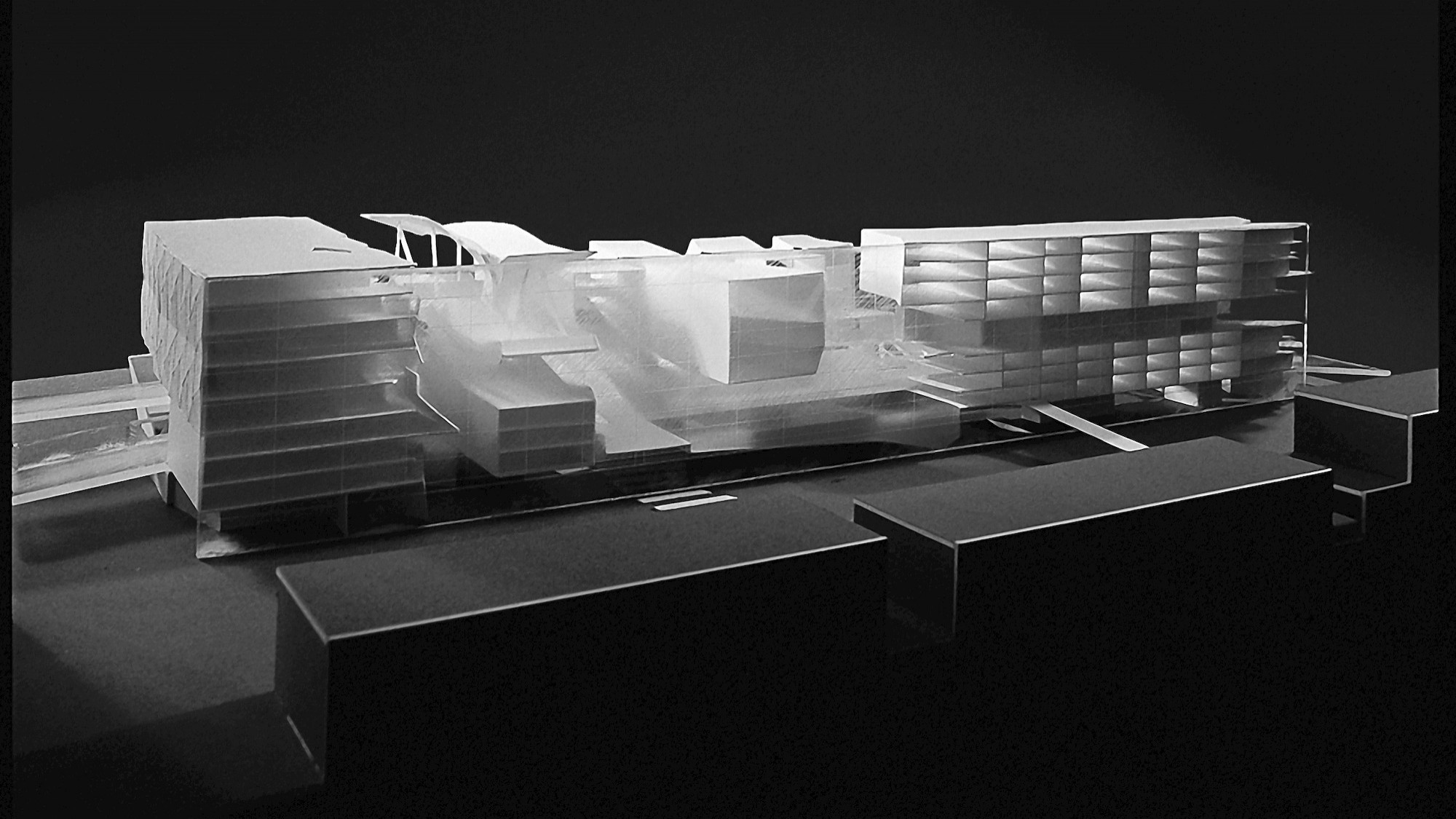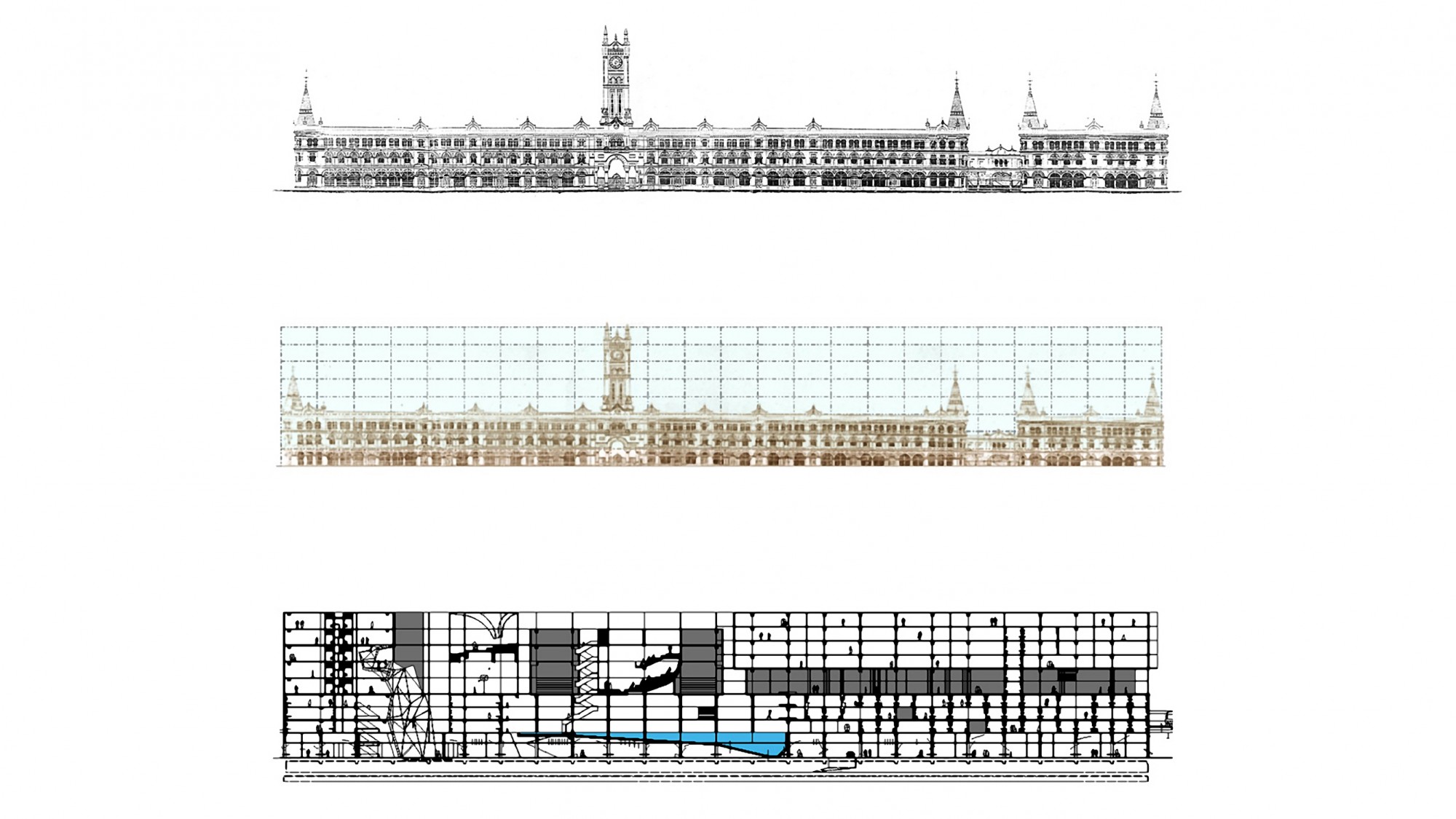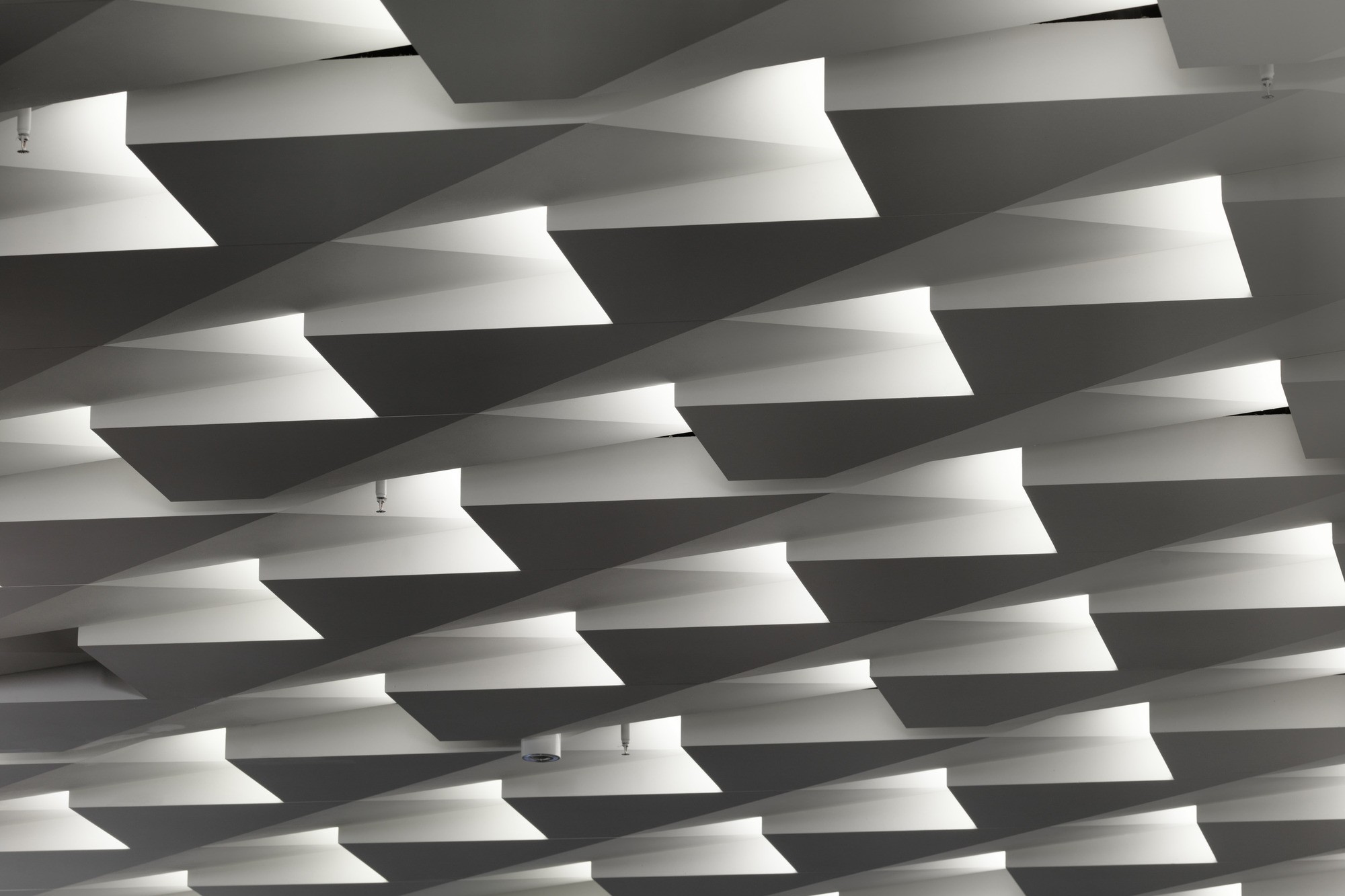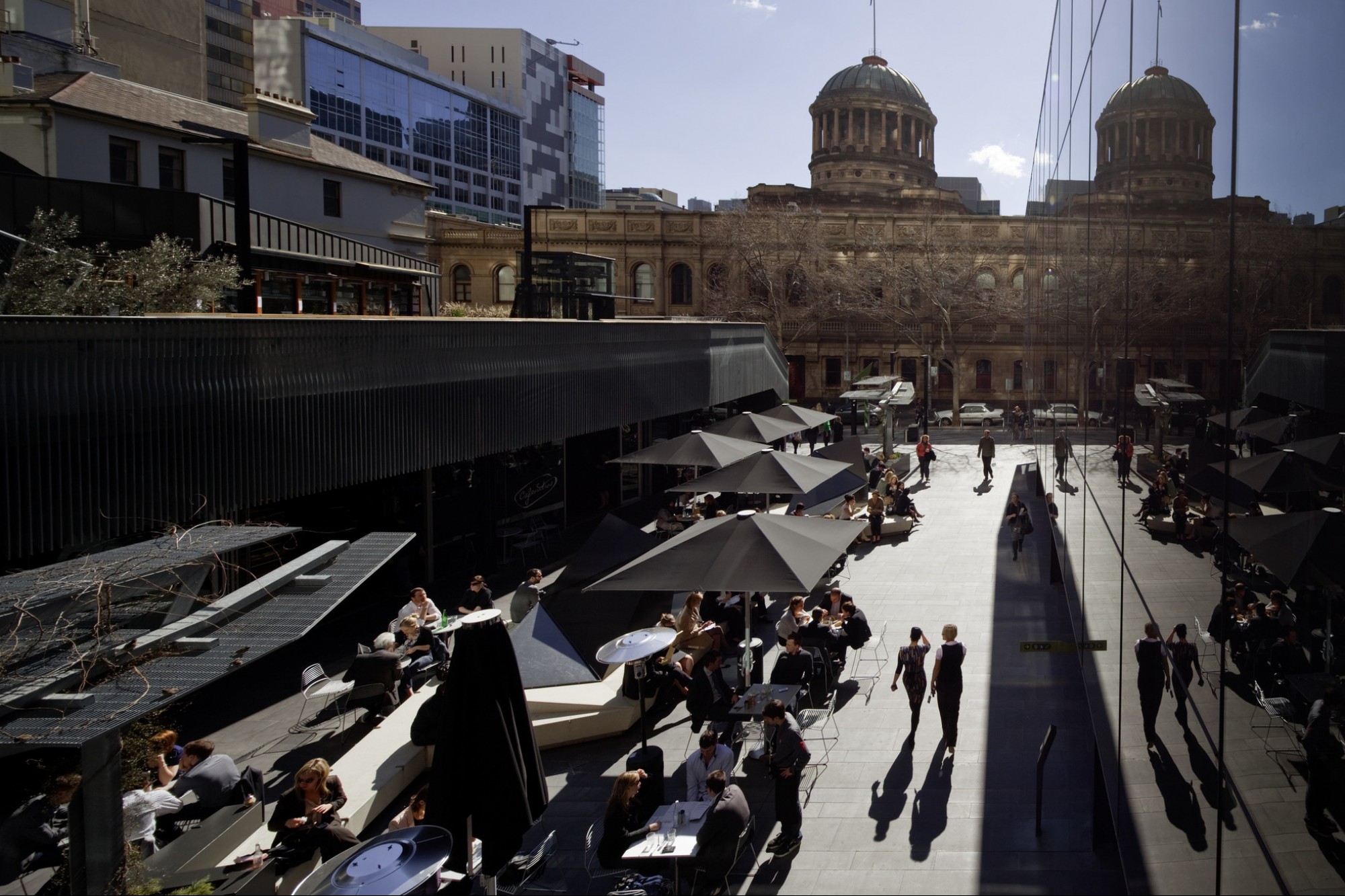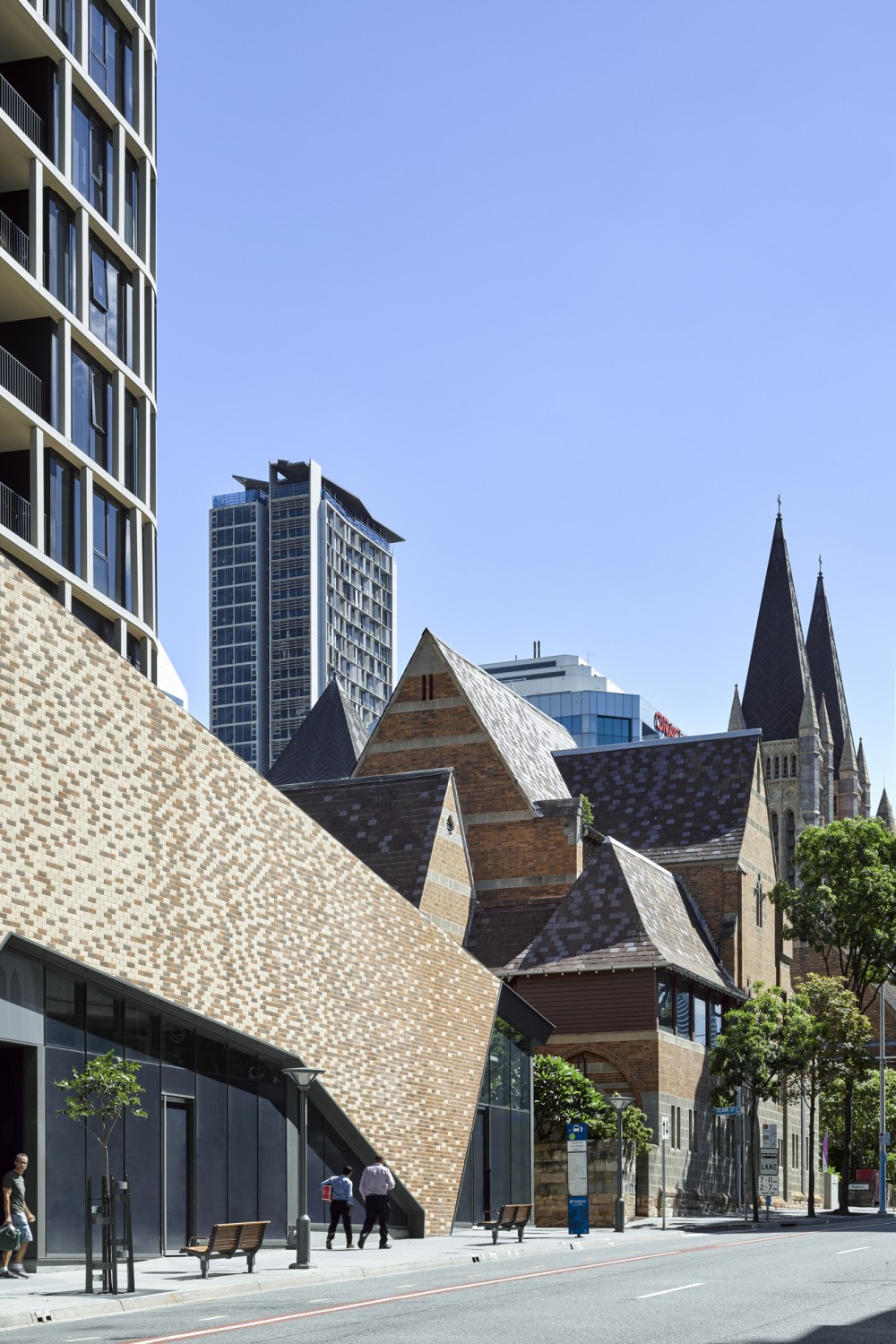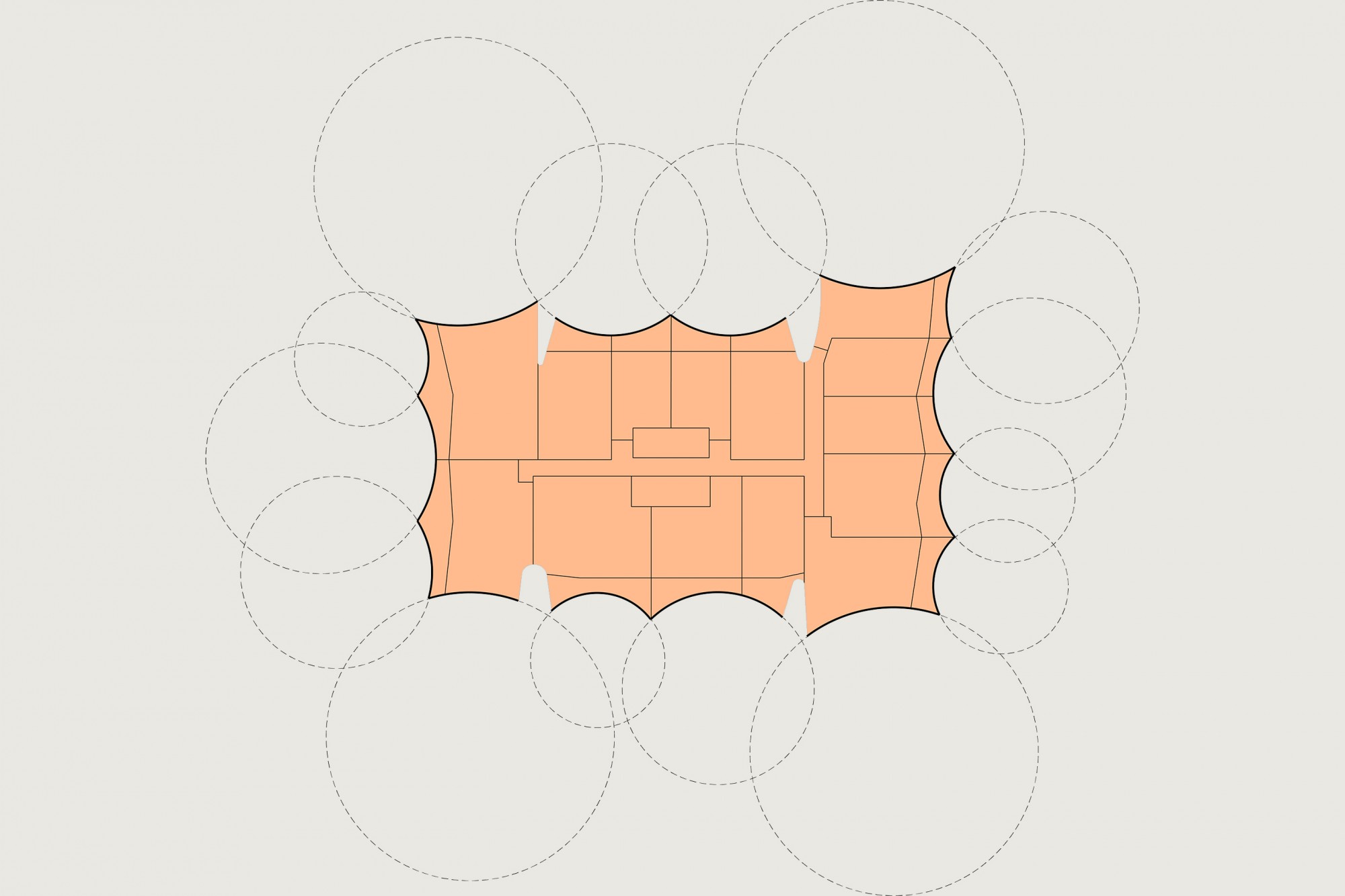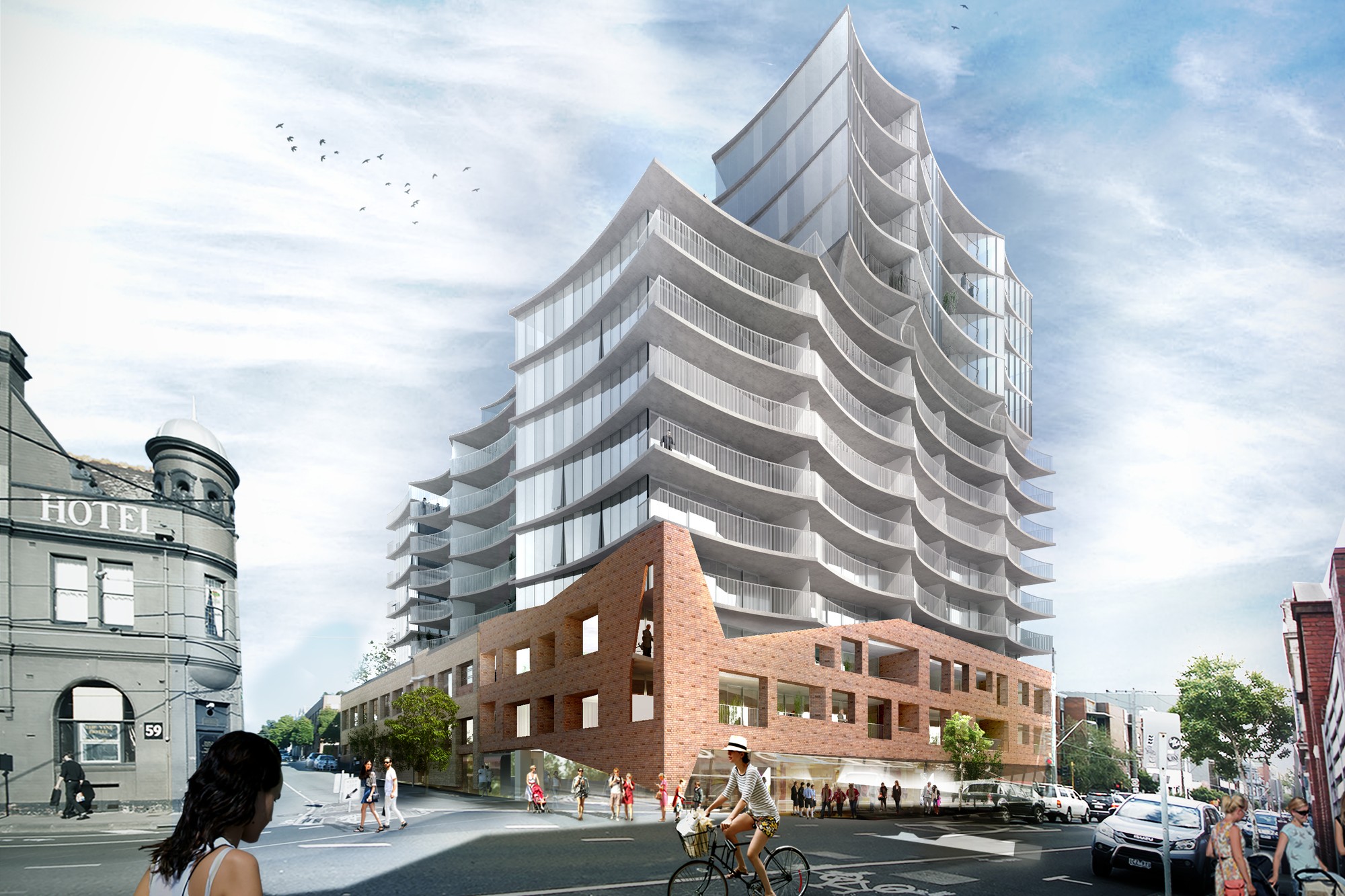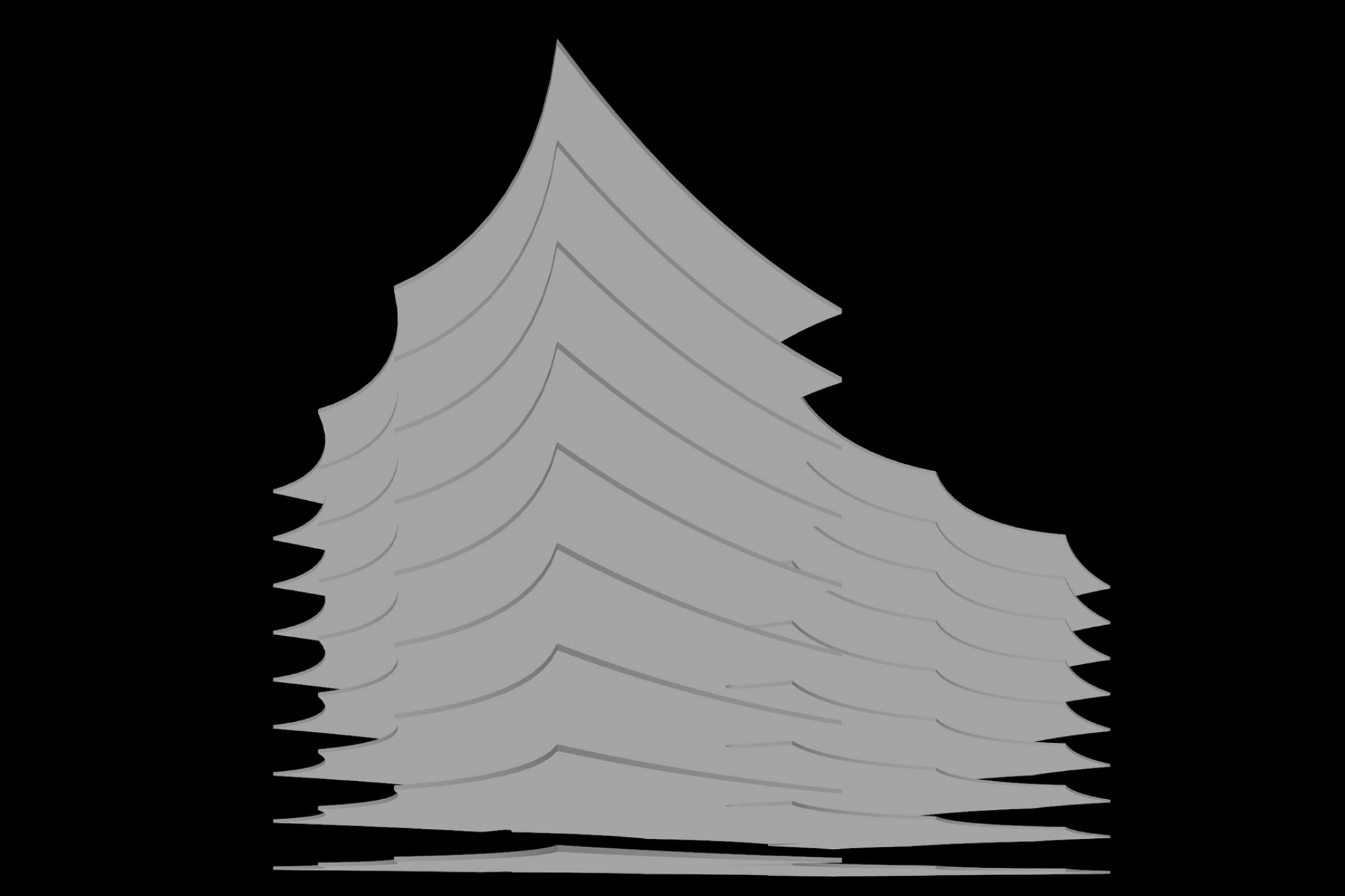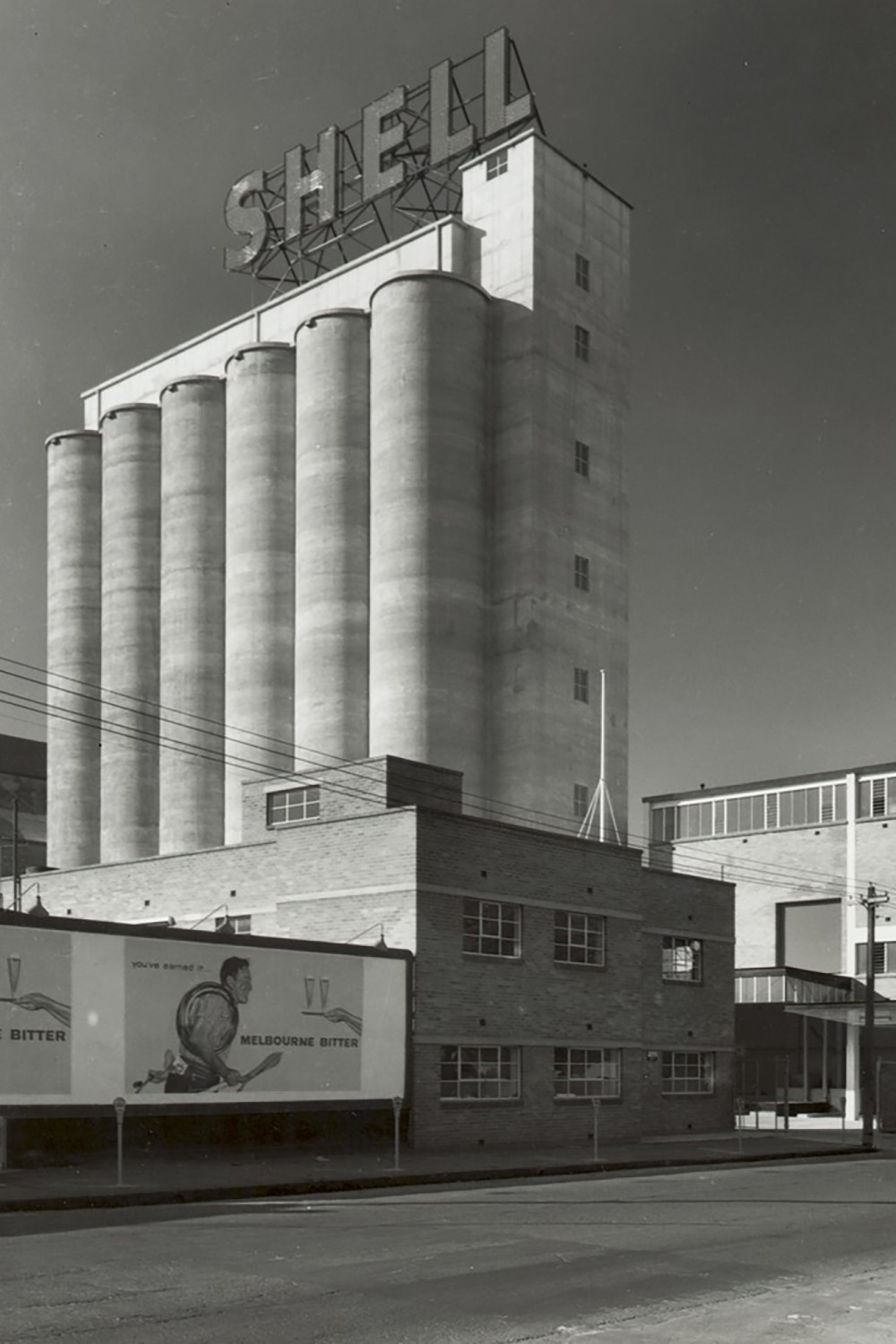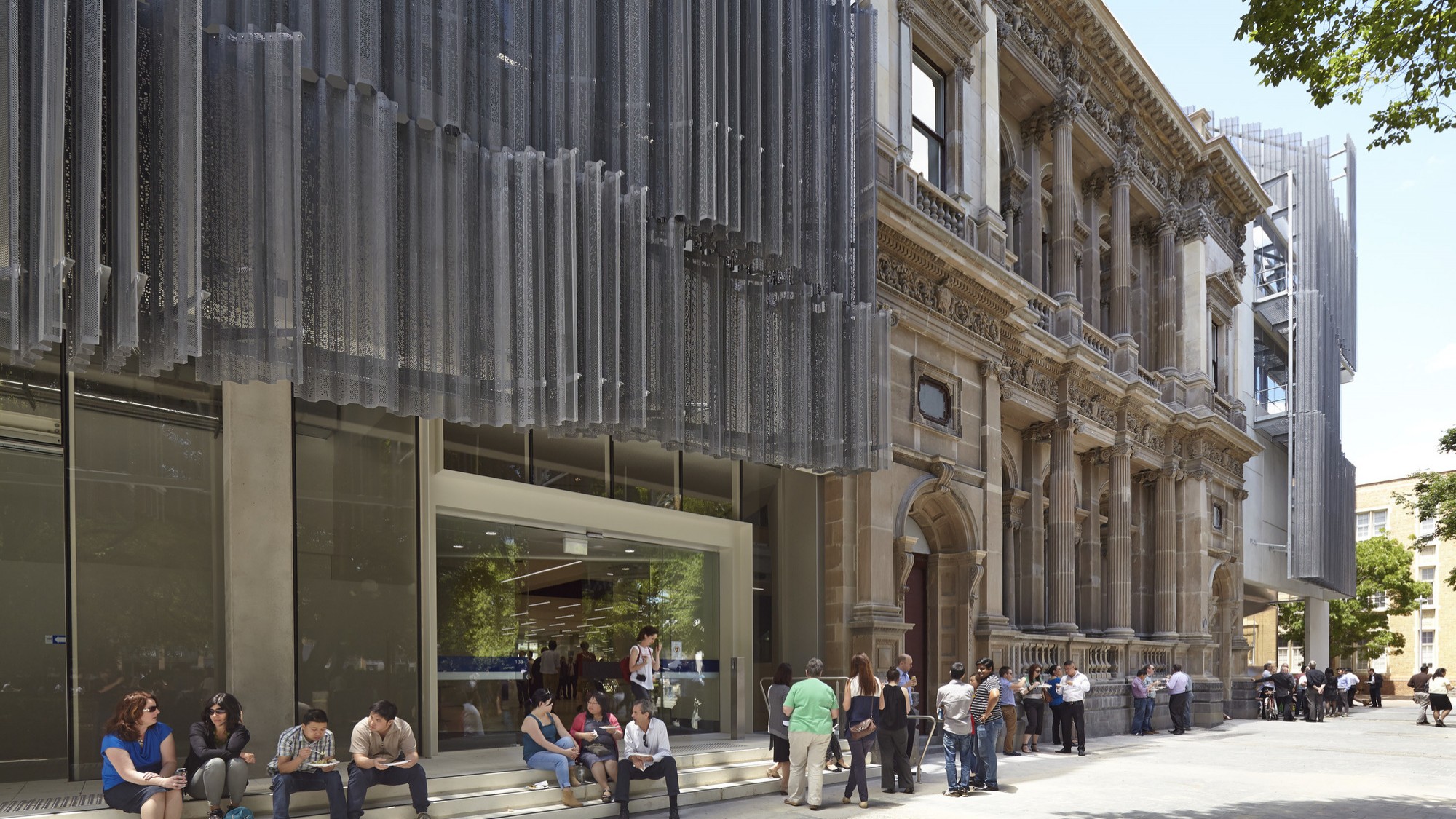An Essay by Principal Stefan Mee, published in The Material City: Density and Design in Contemporary Australian Architecture edited & curated by Ron Ringer.
In a country like Australia where cities are still relatively young, low density suburban sprawl continues unrestrained, so it might seem rather odd for an architect to think about the history of a place – its back story. It might be perceived there’s no pressing need, especially when our focus is on creating something new, and yet as density increases it is not easily ignored.
Within the confines of an urban street grid or the university campus, we are constantly working over and around history. Rather than expressing nostalgia for the past, we use it to help us find a way into the design process, a starting point to depart from, or a fixed position to push against.
Within our practice, we share a fascination with the history of a site, and its place in the city. Mine was sparked when arriving in Rome for the first time after an architectural education that was strong on the historical antecedents of Europe. A world away from my own upbringing in a country town, Rome brought the many layers of a city (of ideas, styles, materials, and politics) into sharp focus. My hazy understanding, formed when sitting in a lecture theatre, suddenly came to life.
In conversation, my fellow Principal, John Wardle can recall many childhood visits to a wrecking yard in Geelong. It belonged to Ken Burns, his father’s friend. The endless collection of carefully catalogued building elements reclaimed from the town’s demolished buildings made a lasting impression. They were redolent of a city’s history, and there to be interpreted. It was here that a strong desire to assemble disparate elements into a coherent whole may have been forged.
